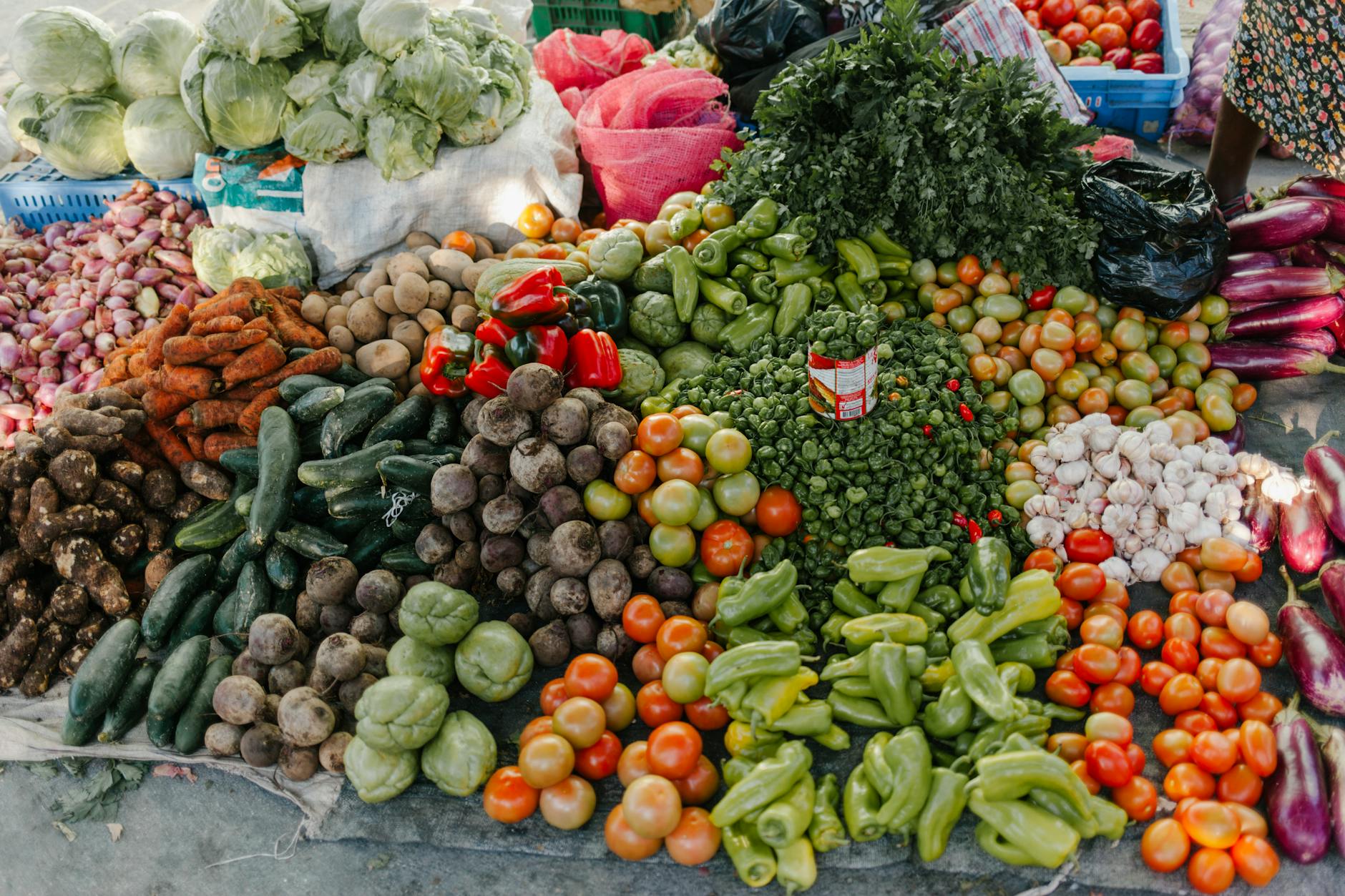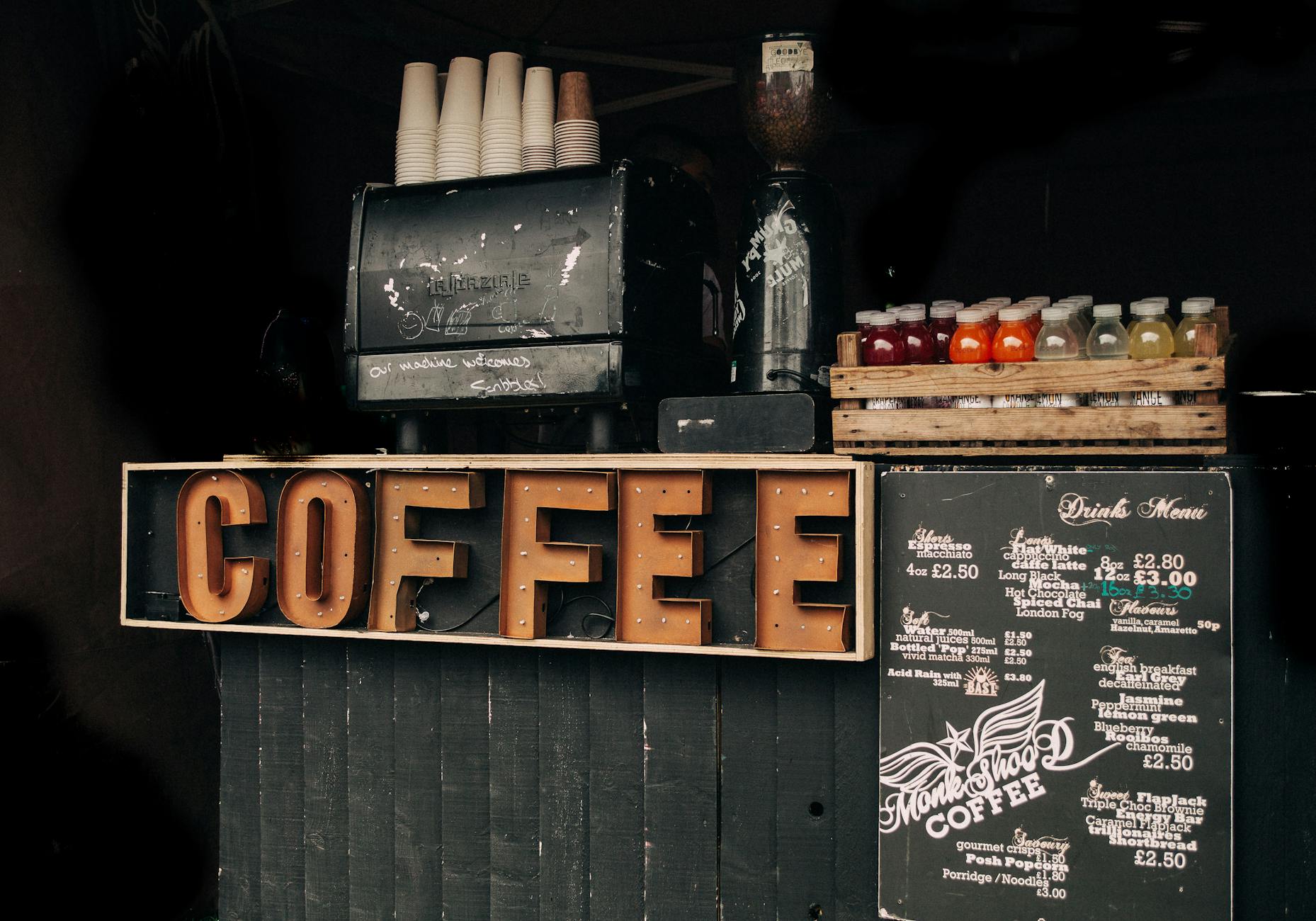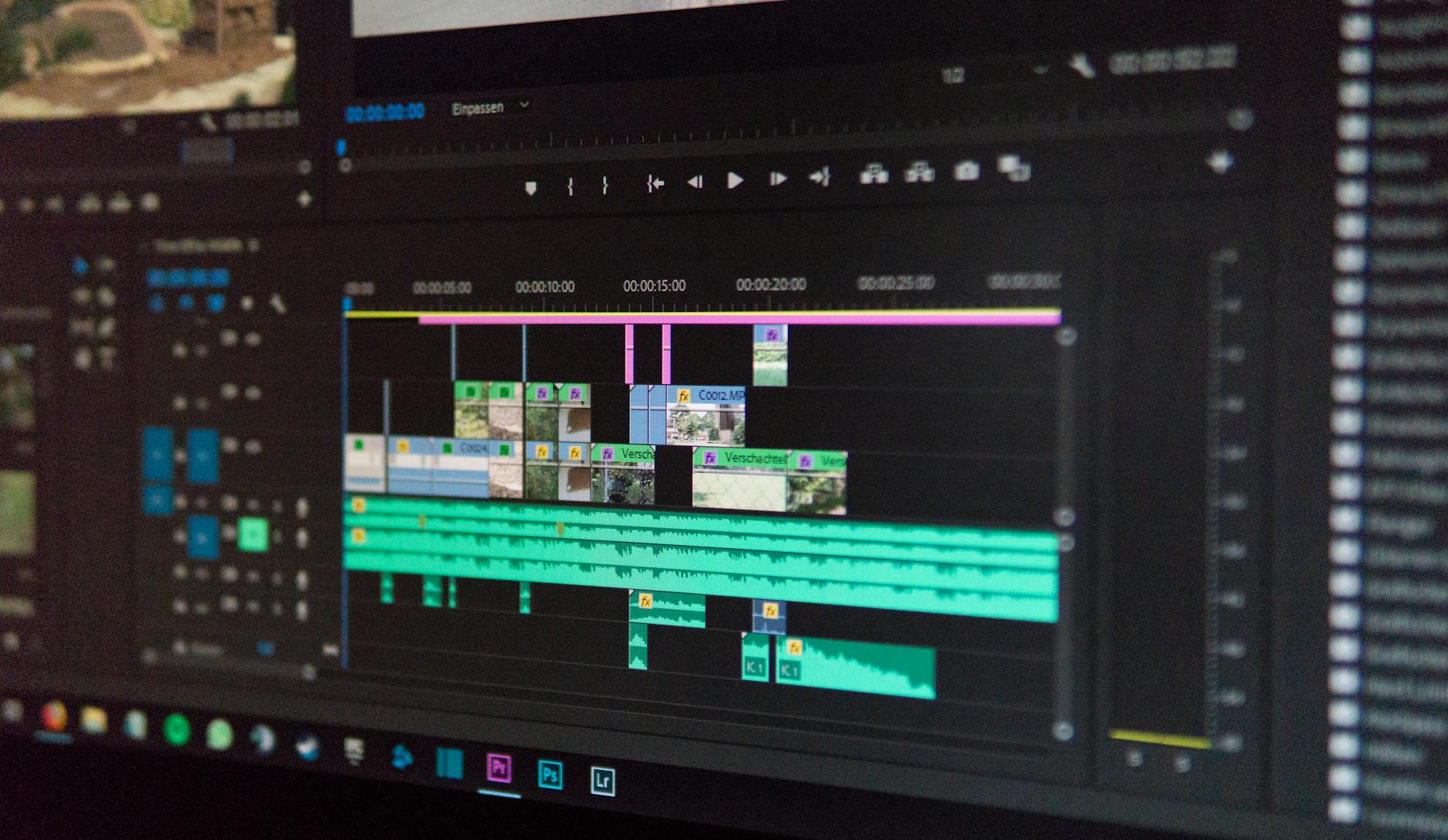What Makes Australia a Hub for Accessible and Sustainable Events

Sustainable Practices in Events
Creating sustainable and inclusive events involves meticulous planning and community engagement. It's reminiscent of the thoughtful design of the Sydney Opera House, where accessible event spaces merge seamlessly with eco-conscious architecture. Leveraging spaces like these encourages creative solutions that resonate on both practical and cultural levels.
To achieve this, consider implementing thoughtful sound design. Acoustic excellence can be achieved using quality acoustic panels that not only enhance audio clarity but also promote a quieter, more engaging environment. This approach reflects the innovative and inclusive essence of venues like the Sydney Opera House, offering a balanced blend of design and function.
Another key aspect is the use of a universal remote, which can streamline operations, ensuring all tech aspects, from lighting to sound, are easily managed. It simplifies the complexities of AV setups, making it easier to focus on the event's core objectives rather than technical hiccups.
Incorporating eco-friendly tools and technologies is a fundamental strategy for modern event planners. For example, integrating a home entertainment system aligns with energy-efficient practices, reducing the event's ecological footprint while retaining sound quality and visual appeal. These elements collectively unlock opportunities for creating inclusive and sustainable events that are both innovative and practical.
Ultimately, sustainable practices in events are a multifaceted endeavor. By incorporating adaptive technologies and environmentally conscious decisions, one can foster more inclusive experiences without sacrificing quality or creativity. This approach not only boosts engagement but also enhances the overall event atmosphere.
Accessibility Features in Events
Organising events that everyone can attend and enjoy is crucial, especially in vibrant cities like Sydney. One way to achieve this is through inclusive venue design. Venues in Sydney, like the accessible spaces at Darling Harbour, are prime examples of how thoughtful planning can make a significant difference. These spaces are equipped with facilities that cater to a diverse range of needs, from ramps and elevators for those with mobility challenges to visually clear signage that aids effective navigation.
Technological advancements also play a pivotal role in enhancing accessibility at events. Utilising innovations like motorised projector screen setups can greatly improve the experience for attendees with different needs. This type of screen is adjustable, ensuring everyone has a clear view, regardless of where they sit. Additionally, investing in quality av cables can ensure seamless connectivity between various AV components, avoiding technical glitches that might disrupt an event.
Community involvement is another key aspect. Engaging with local groups to understand the unique needs of their members ensures the event is as inclusive as possible. By integrating feedback from community organisations vested in accessibility, event planners can create more inclusive experiences. Whether it's adjusting audio levels with loudspeakers for better sound delivery or accommodating sensory-sensitive individuals, tailoring the environment can make all attendees feel valued and included. Through these thoughtful measures, events not only become enjoyable but also empower participants by fostering a sense of belonging.
Policy and Regulation
Government Support for Sustainability
In the vibrant landscape of event planning, understanding government policies can significantly aid in creating events that are both sustainable and inclusive. There is active government support in Australia for incorporating eco-friendly practices into event planning. This support often comes in the form of grants and incentives for venues and organisers who can commit to sustainability goals. Organisers can explore how these opportunities can help bridge the gap between cost and sustainability in event planning.
Accessibility Standards and Compliance
Integrating accessibility features is no longer an optional luxury; it's a requirement. Compliance with national accessibility standards is crucial for venues hosting public events. A well-designed hearing loop can greatly enhance the experience for attendees with hearing impairments, ensuring inclusivity is maintained across the board. In bustling hubs like Sydney, venues such as Darling Harbour are noted for their commitment to high accessibility standards, making them exemplary in integrating inclusivity into their event designs.
Impact on Event Industry
Regulations regarding sustainability and inclusivity are reshaping how events are planned and executed. The industry must adapt to these evolving standards or risk being left behind in a competitive market. From using eco-friendly materials to incorporating data projectors that reduce energy consumption, adapting to these policies can enhance an event's appeal and demonstrate a commitment to community values. These adjustments are not just about compliance; they're about fostering an environment where every participant feels valued and included.
Cultural Influence and Creativity
Indigenous Knowledge in Event Planning
Incorporating Indigenous knowledge into event planning isn't just about acknowledging Australia's rich cultural heritage but also offers practical and sustainable strategies. Aboriginal and Torres Strait Islander peoples have a profound understanding of the land, which translates into eco-friendly practices ideal for venues like the Sydney Royal Botanic Garden. This encompasses using native flora for decoration and understanding local climate patterns for outdoor events, resulting in a harmonious balance between modern needs and traditional wisdom.
Artistic Collaborations for Awareness
Harnessing the power of art to promote awareness around sustainability and inclusivity can significantly impact community engagement. Artistic collaborations, whether through visual art exhibits or performing arts, provide a platform for diverse voices, fostering a sense of unity and shared purpose. Working with local artists or creative collectives helps build relationships within the community, inspiring both participants and attendees to think critically about environmental and societal issues.
Role of Music and Sound
Music plays a vital role in setting the tone and atmosphere of an event. Leveraging the expertise of sound designers like Ethan can enhance the auditory experience while aligning with the ethos of the event. By utilising high-quality recording microphone technology and ptz cameras to capture performances, we can create immersive experiences that resonate with audiences. This allows event planners to craft environments that are both inclusive and engaging, reflecting the diverse tapestry of Australian culture.
Navigating Common Challenges
Harmonising Sustainability with Budget Constraints
Balancing eco-friendly aspirations with financial realities can often feel like walking a tightrope. However, event planning doesn't have to drain your budget. In Sydney, venues like the accessible event spaces at the Sydney Opera House offer cost-effective solutions that don’t compromise on environmental practices. Furthermore, consider collaborating with local suppliers who utilise business tip on sustainability techniques, often offering discounted rates for bulk orders or long-term partnerships. A savvy move is to incorporate digital invitations and tickets, eliminating paper waste and reducing expenses.
Ensuring Universal Accessibility
Ensuring events are inclusive and accessible to all can sometimes seem daunting, but with integrated planning, it's entirely feasible. Utilise technology designed to enhance accessibility: apps like Be My Eyes or Communication Access Real-Time Translation (CART) services are vital tools. At Darling Harbour, inclusive facilities pave the way for smooth navigation, setting a benchmark in creating welcoming spaces for everyone. Engage with community representatives early in the planning process to gain insights and improve accessibility features.
Tackling Technological Challenges
The ever-changing tech landscape presents hurdles, but strategic preparedness can mitigate many of these issues. When selecting and implementing technology in events for improved accessibility or innovative waste management systems, align with tech companies offering customer support or training sessions for staff. Opt for venues offering robust technological infrastructure, such as the eco-friendly spaces at the Royal Botanic Garden, to ensure seamless integration of tech solutions.
By acknowledging these common challenges and strategically incorporating community insights, young professionals can execute events that are both sustainable and inclusive, simultaneously supporting Sydney’s vibrant, eco-conscious, and accessible event culture.


